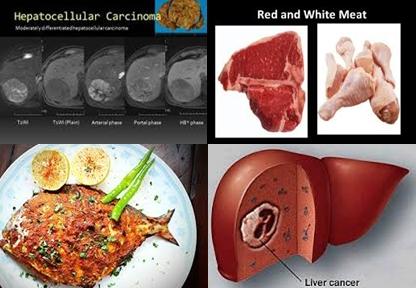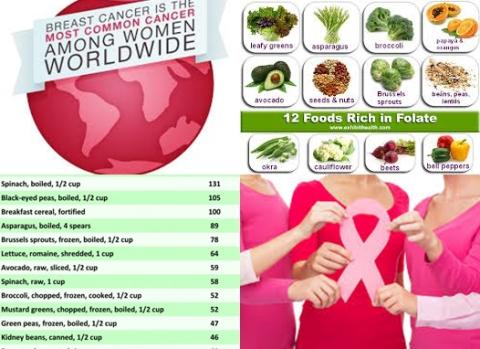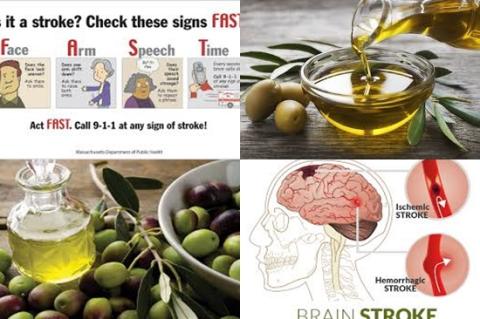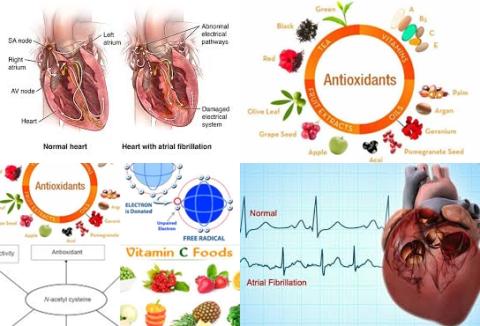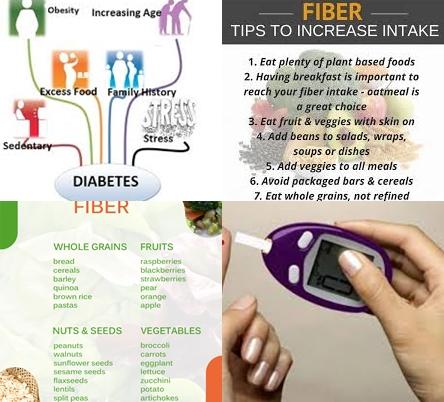Exercise training helps to prevent and to treat type 2 diabetes in youth
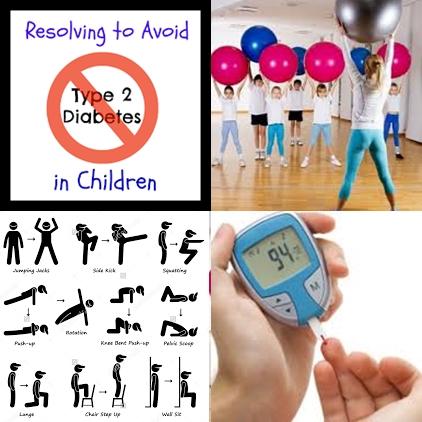
Objectives:
The prevalence of obesity and diabetes is increasing among children, adolescents and adults. Although estimates of the efficacy of exercise training on fasting insulin and insulin resistance have been provided for adults, similar estimates have not been provided for youth. Therefore, this review article has been conducted.
Study design:
This review article included 24 trials.
Results and conclusions:
The investigators found a small to moderate effect for exercise training on fasting insulin and improving insulin resistance in youth [Hedges’ d effect size = 0.48, 95% CI = 0.22-0.74, p 0.001 and 0.31, 95% CI = 0.06-0.56, p 0.05, respectively].
The investigators concluded there is evidence to support the use of exercise training in the prevention and treatment of type 2 diabetes in youth.
Original title:
Exercise and Insulin Resistance in Youth: A Meta-Analysis by Fedewa MV, Gist NH, […], Dishman RK.
Link:
http://www.pediatricsdigest.mobi/content/133/1/e163.abstract
Additional information of El Mondo:
Find more information/studies on diabetes and sport nutrition right here.
